Tansi nîtôtemak (my friends),
Today is the day that many of my community members will line up to receive our annual annuity payment of $5.00. When I was a kid we would either give up our treaty money to my kokum in exchange for all the good food they made for us. Sometimes we would spend it at the store on pop and chips or at the pow wow back when Indian tacos used to be $5. Nonetheless, we lined up with our parents knowing that it was part of our Treaty responsibility. You see the meaning of these payments goes much deeper.
These payments signify our complicated relationship with the crown, and are symbolic of agreements that were made by Indigenous Peoples in good faith. Agreements that were meant to be bilateral and benefitting to both sides, but in this case, with one party benefiting more than the other.
In August and September of 1876 Treaty 6 was signed for “as long as the sun shines, the grass grows and the rivers flow.”
“This promise indicates the everlasting nature of the Treaty between the Indigenous and the Crown, as depicted the spiritual aspects of the sun, grass and the river. When promises are made that invoke such spirits, it is believed that the maker of the promise and all his descendants are bound by that promise. A promise made to these spirits cannot be broken.”
These promises are the foundation for resource extraction from which Canada’s great wealth originates.
As Indigenous broadcaster turned politician Wab Kinew said, “140 years later, we’re still waiting for the things that were promised in those agreements to share the land”.
In this video: https://www.youtube.com/watch?v=lIGo8ltW9Ho
“We Aboriginal people thought we were getting a seat at the big table. But it turns out we had a reservation at a much smaller table…out the back, near the garbage can.”
And this video: https://www.youtube.com/watch?v=L7LY-fXzhZI
When Treaty 6 was signed in 1876, it included many promises such as the storage of a medicine chest at the house of every Indian agent (the Canadian government’s representatives on First Nations reserves from the 1830s to the 1960s), additional agricultural implements other than those provided for in earlier treaties and a “famine and pestilence” clause, which promised to protect the Indigenous peoples from such problems.
Amongst these promises and in exchange for Indigenous title to the land Treaty 6 provided: an annual cash payment of $25 per chief; $15 per headman and $5 for all other band members; a one-time cash payment of what was once $12 and now is $5 for each band member; and reserve lands in the amount of one square mile per family of five.
Schools were to be established on reserves, Indians were entitled to sharing of the land to the depth of a plow (and no deeper), and were restricted to assigned reserve lands through the pass system where Indians required written permission to travel outside the reserve to hunt or sell goods.
These payments remind us of the responsibility that the Government of Canada, The Crown and, by proxy, all of the newcomers to this land had and still have to our people. They are meant to be a symbol of peace and friendship. A bond far greater than contractual obligations holds us together as Treaty people.
You see, we are all Treaty People.
By Mallory and Kham Yawnghwe
Additional resource:
https://nwac.ca/assets-knowledge-centre/The-Indian-Act-Said-WHAT-infographic.pdf
Notes:
Written in 1886, the Indian Act was implemented in 1876 between Indians and person (“person means any individual other than an Indian,”).
The term Indian is used as indicated in the treaty.



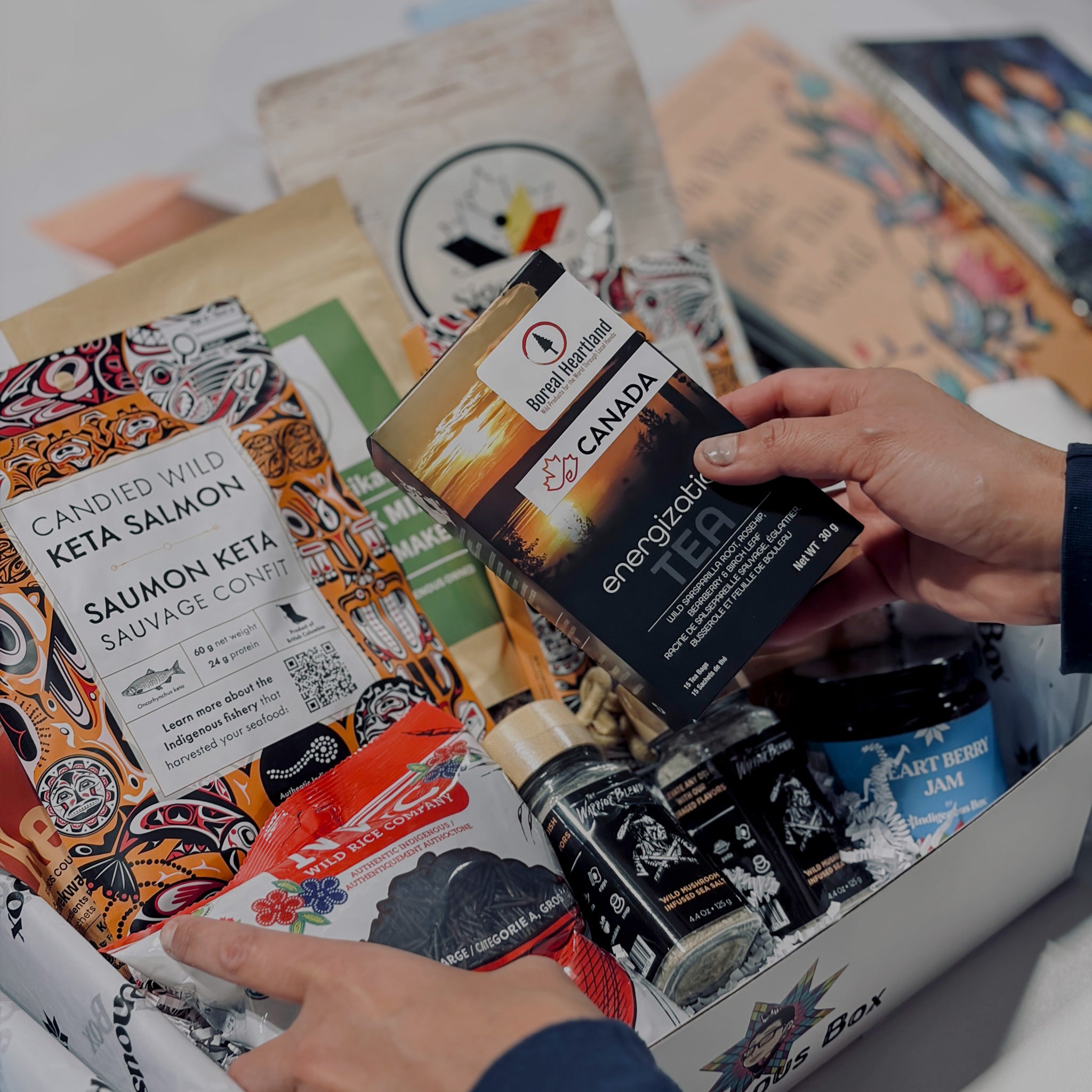


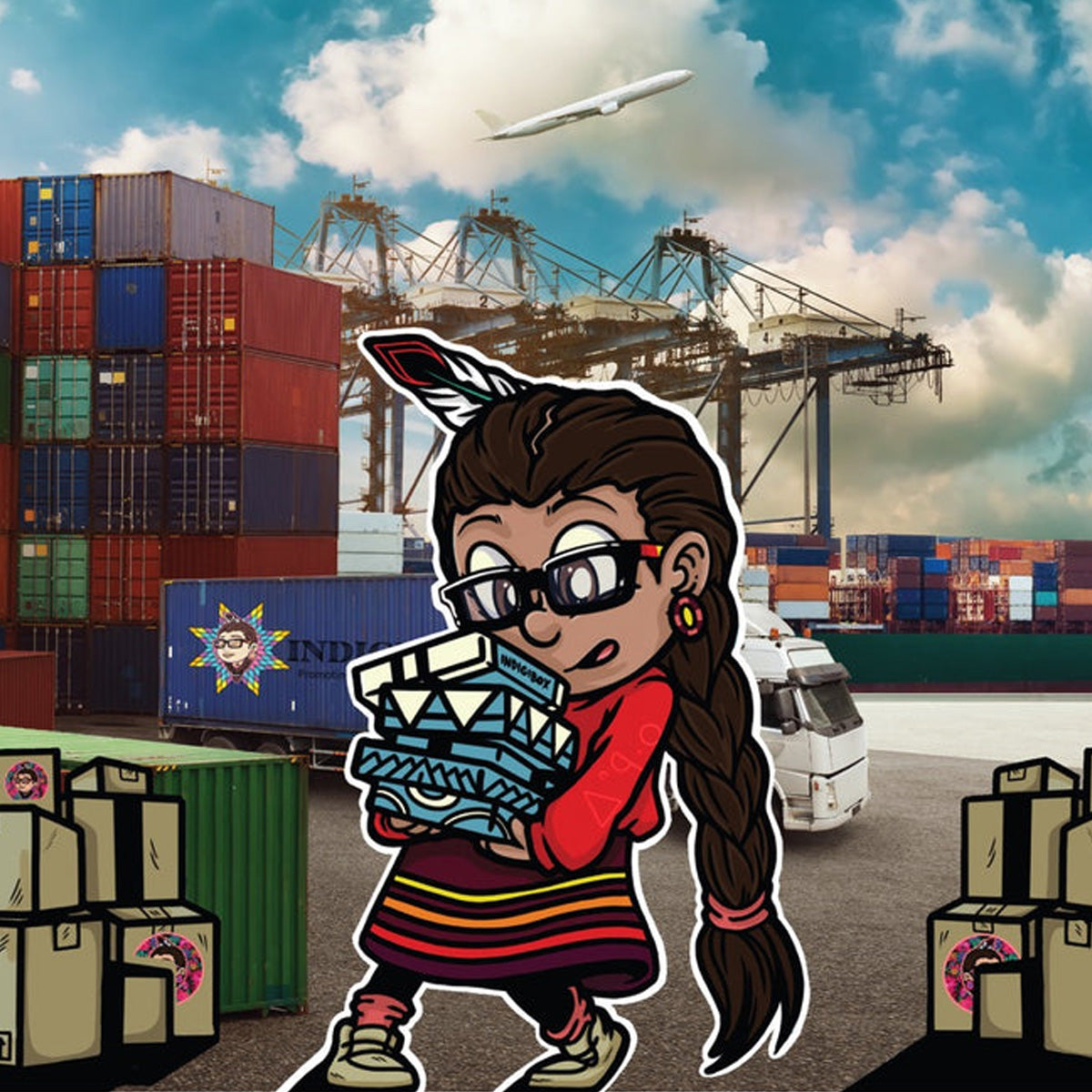
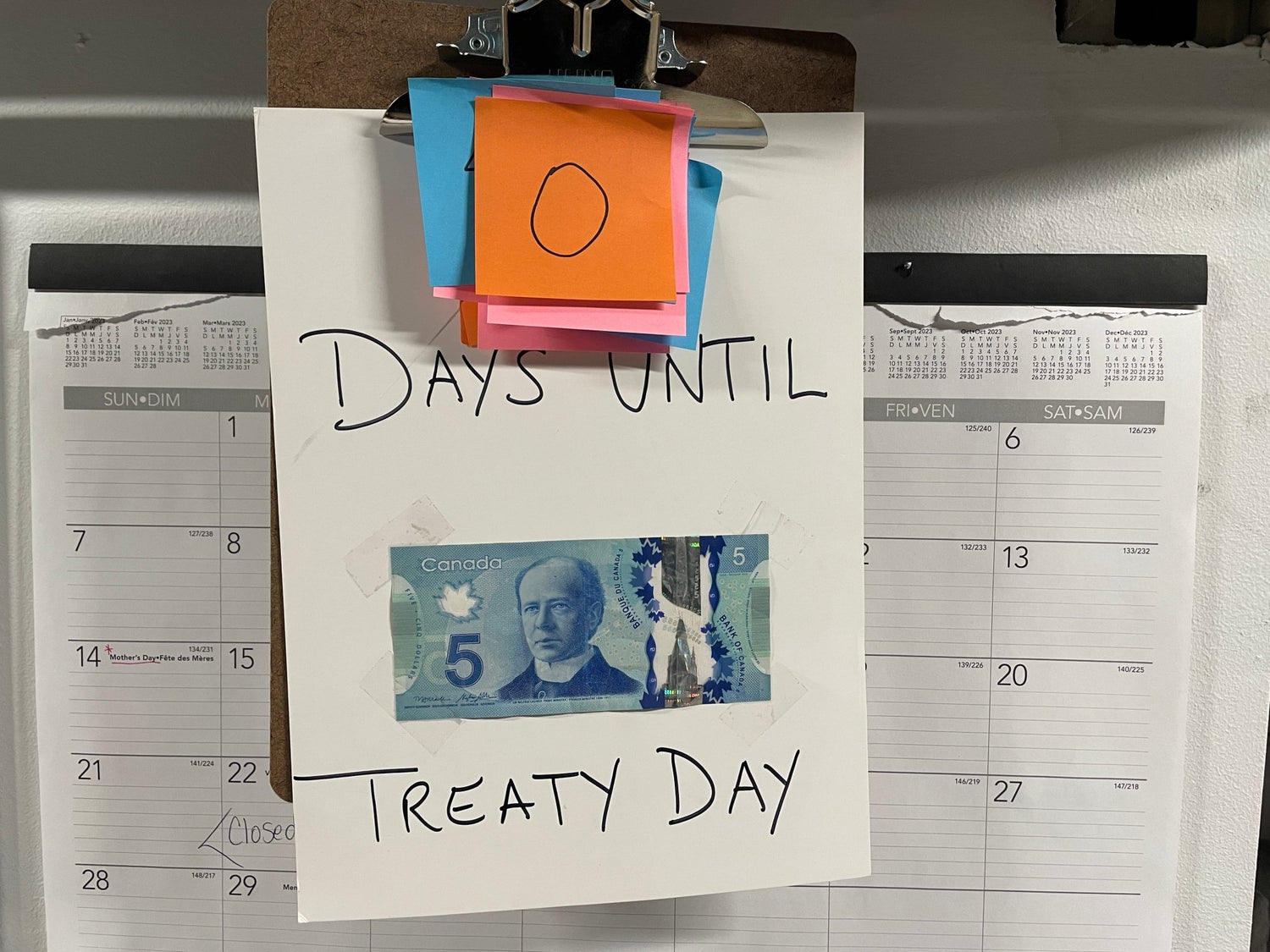
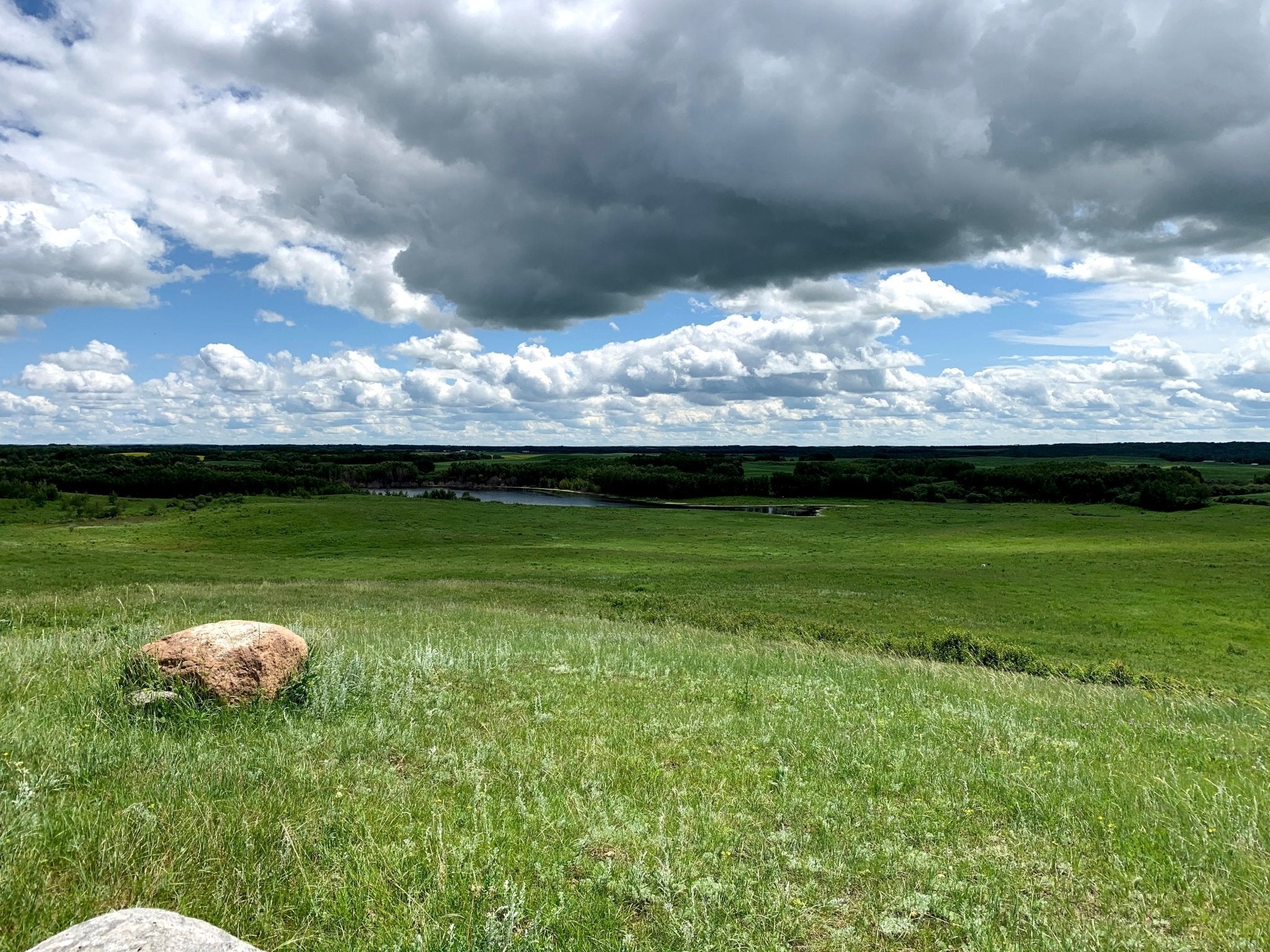
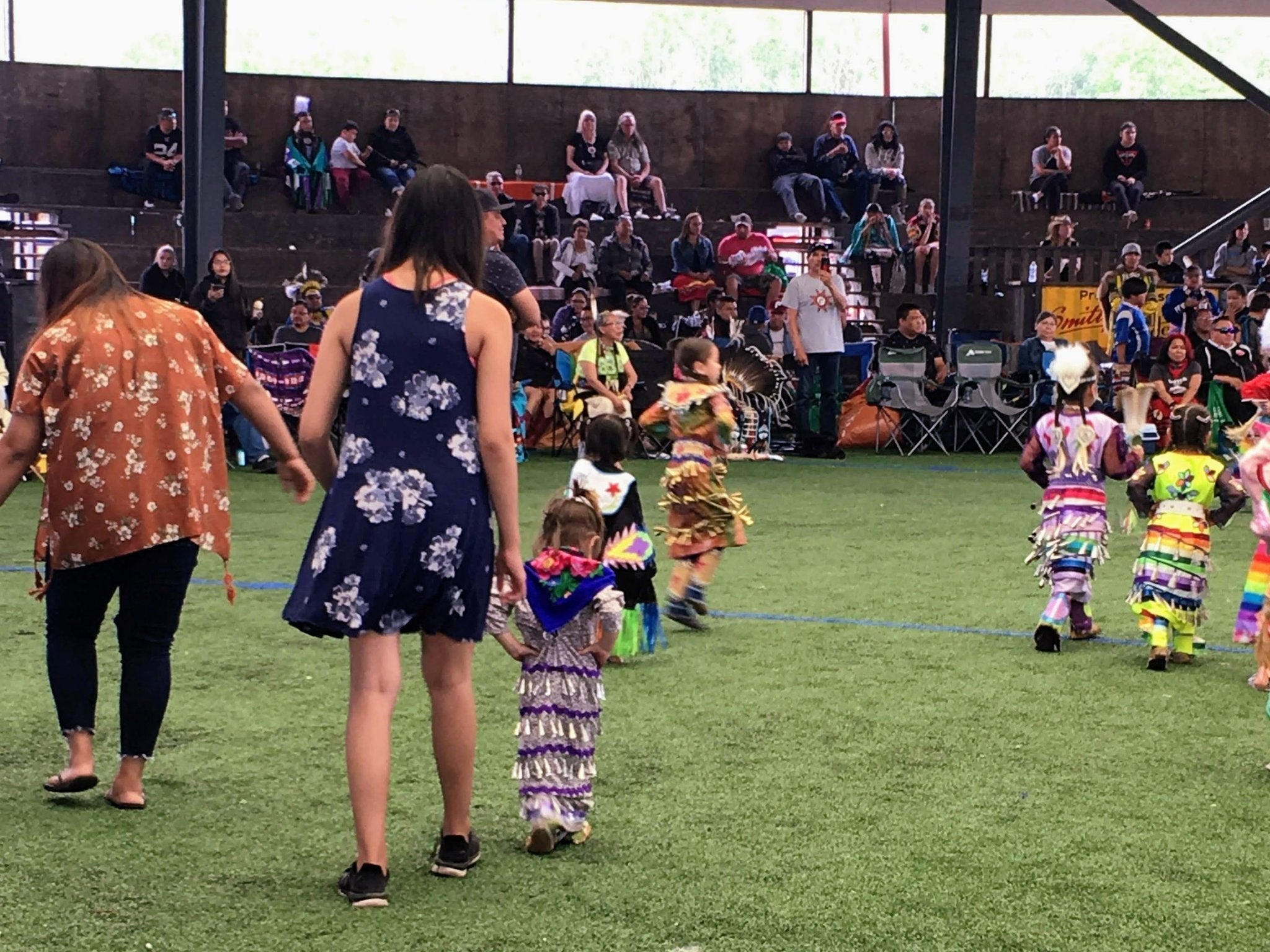

7 comments
Tammy Wildemann
Thank you. Learning indigenous history from indigenous teachers is not widely available.
Tammy Wildemann
Thank you. Learning indigenous history from indigenous teachers is not widely available.
Leave a comment
This site is protected by hCaptcha and the hCaptcha Privacy Policy and Terms of Service apply.